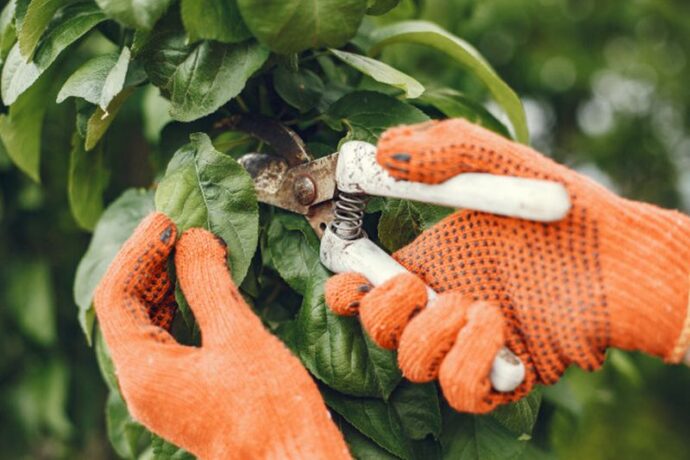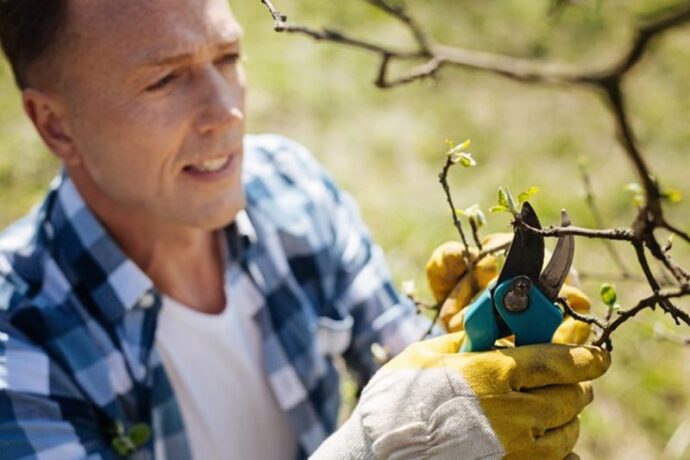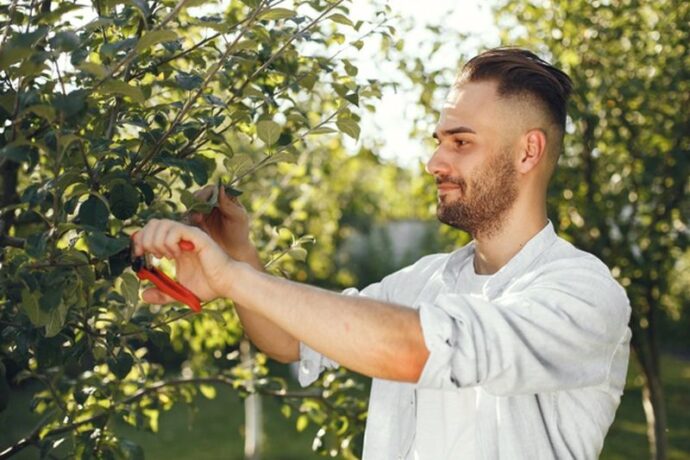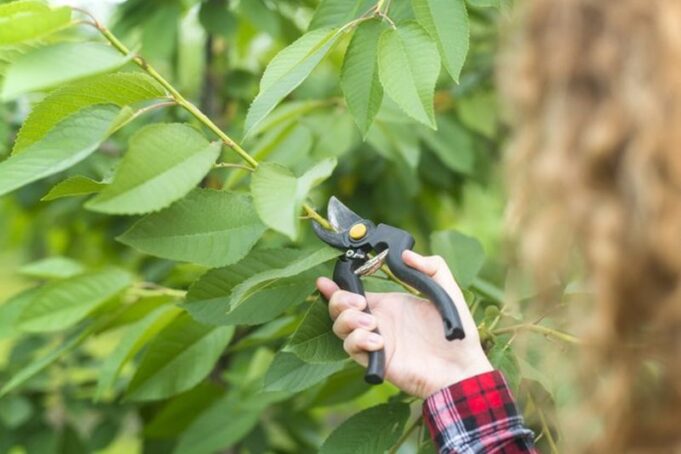Most people are very excited when they plant fruit trees in their garden. And how could they not be! At the very thought of juicy, tasty fruits that will arrive in a few years, your mouth probably starts to water. However, what most people overlook is that it is necessary to prune their fruit trees regularly. If you don’t do pruning once a year, you will probably end up with itchy shrubs instead of beautiful trees that adorn your garden and bring you delicious fruits. Although different fruits are pruned differently, this should not scare you. You can prune most fruits in a few simple steps, regardless of whether they are pome fruits or stone fruits. Let’s talk about what is the proper way to prune a fruit tree.
What is tree pruning?

Pruning is a tree maintenance procedure that is necessary to preserve the structure of the tree, and also to make the trees look more beautiful. This process involves the selective removal of certain parts of plants, which may include branches, buds, and even roots. By pruning, we remove damaged, diseased, or dead tissue that impairs the health of the rest of the plant or spoils its aesthetics. Of course, trees in nature perform the process of pruning by themselves, but when it comes to fruit trees that we plant in our garden, it is not enough to leave nature to do its job. We want to do everything to make our trees also look aesthetically appealing.
Why should we prune our fruit trees?

There are various reasons for pruning trees. One of them is adjusting the size of the tree. If you pick fruits from fruit trees in the garden every year, you probably know that this process is not at all simple, especially when it comes to tall trees. Therefore, pruning can adjust the size of the tree and thus facilitate fruit picking. Another reason why you should prune fruit trees is to make the structure of the tree much more organized. This way, you will make it easier for yourself to access the fruit when picking. These are some practical reasons that will make your life easier at that time of the year when you need to collect as many fruits as possible, and we all know this is not the easiest process in the world.
Not only will you have easier access to the trees if you prune them regularly. The sun’s rays will also be able to reach different parts of the fruit tree more easily and ensure its proper nutrition and growth.
Also, pruning speeds up the tree regeneration process. If you skip the annual pruning (or several of them), it is likely that the tree will get sick, or that a lot of dead tissue will accumulate in different parts of the tree. This means that you will get less and less fruit every year. Regular pruning will ensure proper plant growth and high yields.
When is the best time to prune a fruit tree?

The best time to prune fruit trees in winter or early spring. This is the period of the year when the tree is dormant, and in addition, there are no leaves that would obscure your view and complicate the pruning process. The fact is that the winter period is the most suitable for pruning because all the wounds that appear on the tree will be easily healed by the cold. If this is done in the summer, it is much more stressful for the plant. Of course, there are exceptions to this rule. Also, keep in mind that the time to prune a particular tree depends on the species. If you haven’t had experience with pruning so far, we suggest that you read more information about the best time to prune different fruit trees and decide when to implement it.
How to prune a fruit tree in three simple steps?

- Clean up
For the beginning, pay attention to the three D’s: dead, damaged, or diseased tissue on the fruit tree. This is what you want to prune first and thus protect your tree from further decay. If there are any germs that sprout from the bottom of the trunk, make sure to eliminate all of them, because they shouldn’t be there.
- Thin out
The next step is thinning. This part of the pruning will provide easier access to the sun’s rays and air, which are necessary for the proper nutrition of the plant, its growth, and high yields. When the plant has enough air and sun, it is easier to fight pests and infections. Remove any branches that you notice do not grow properly. The branches should not grow downwards or intersect with other branches, creating an obstacle for them.
If you see that there are parts of the canopy in which several branches compete with each other, you should work on it in detail. All branches that do not look healthy or do not have the correct direction of growth should be removed. Leave only the healthiest branch that shows the greatest potential. Occasionally step away from the tree and take a closer look at how you are progressing and what else you need to do as part of pruning.
- Head back
The last step is cutting the tree. It is necessary to do this part of pruning to ensure that the branches become shorter and thicker during growth. This will prevent the branches from sprouting if there are many fruits on them that are heavy. What is also achieved with this step is that the hormones in the trees stimulate the plant to grow in the lower parts of the canopy, so the tree will not be too high, and will have a lot of yields, which is a winning combination.
Conclusion
If you want to ensure that your fruit trees in the garden look beautiful and bring you more and more yields from year to year, it is necessary to prune them regularly. Pruning provides control of tree height, canopy density and supports the process of wood regeneration. You should perform this process once a year, following the advice we have provided. Proper and regular maintenance of your fruit trees will ensure that they stay healthy and bring you a lot of fruit for a very long time.















